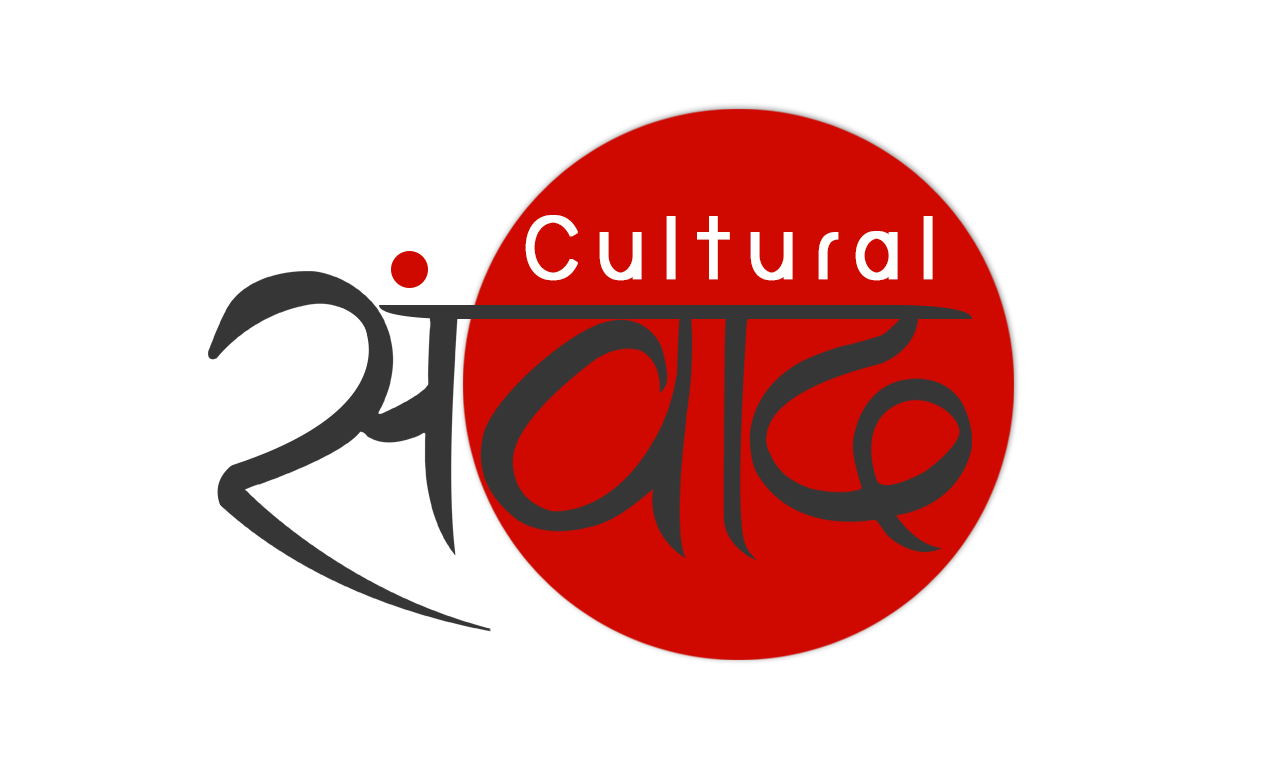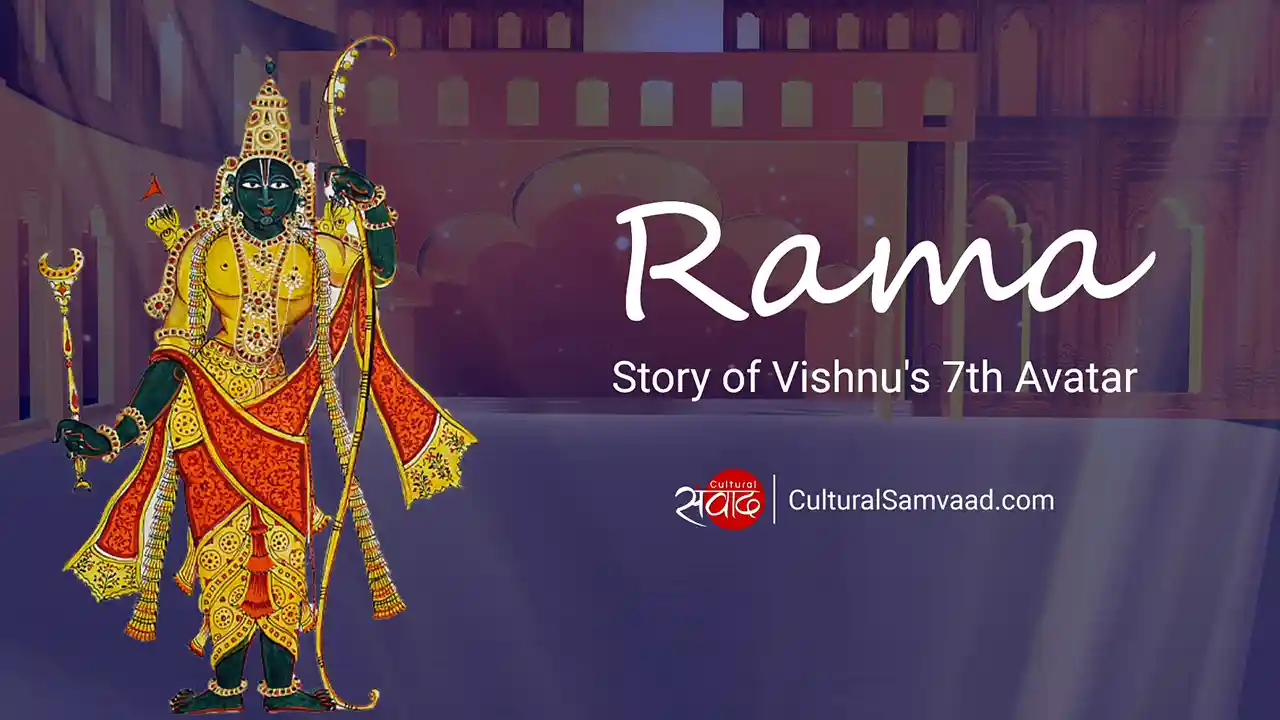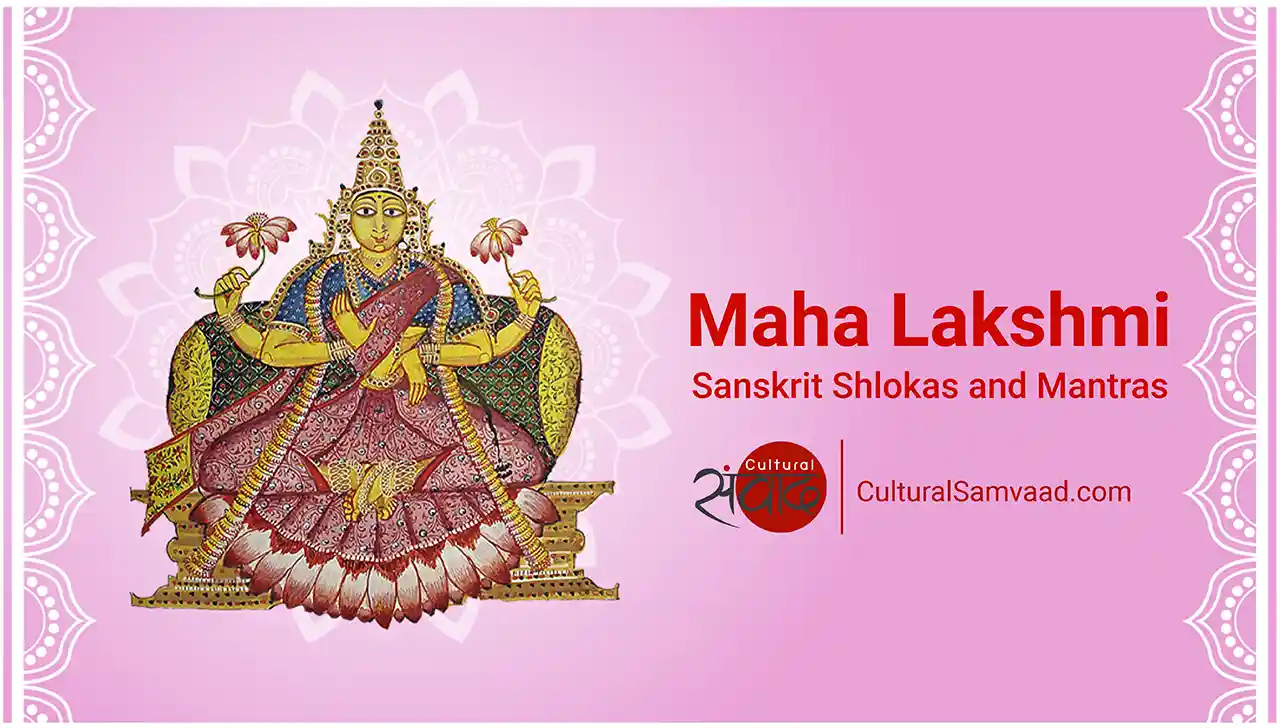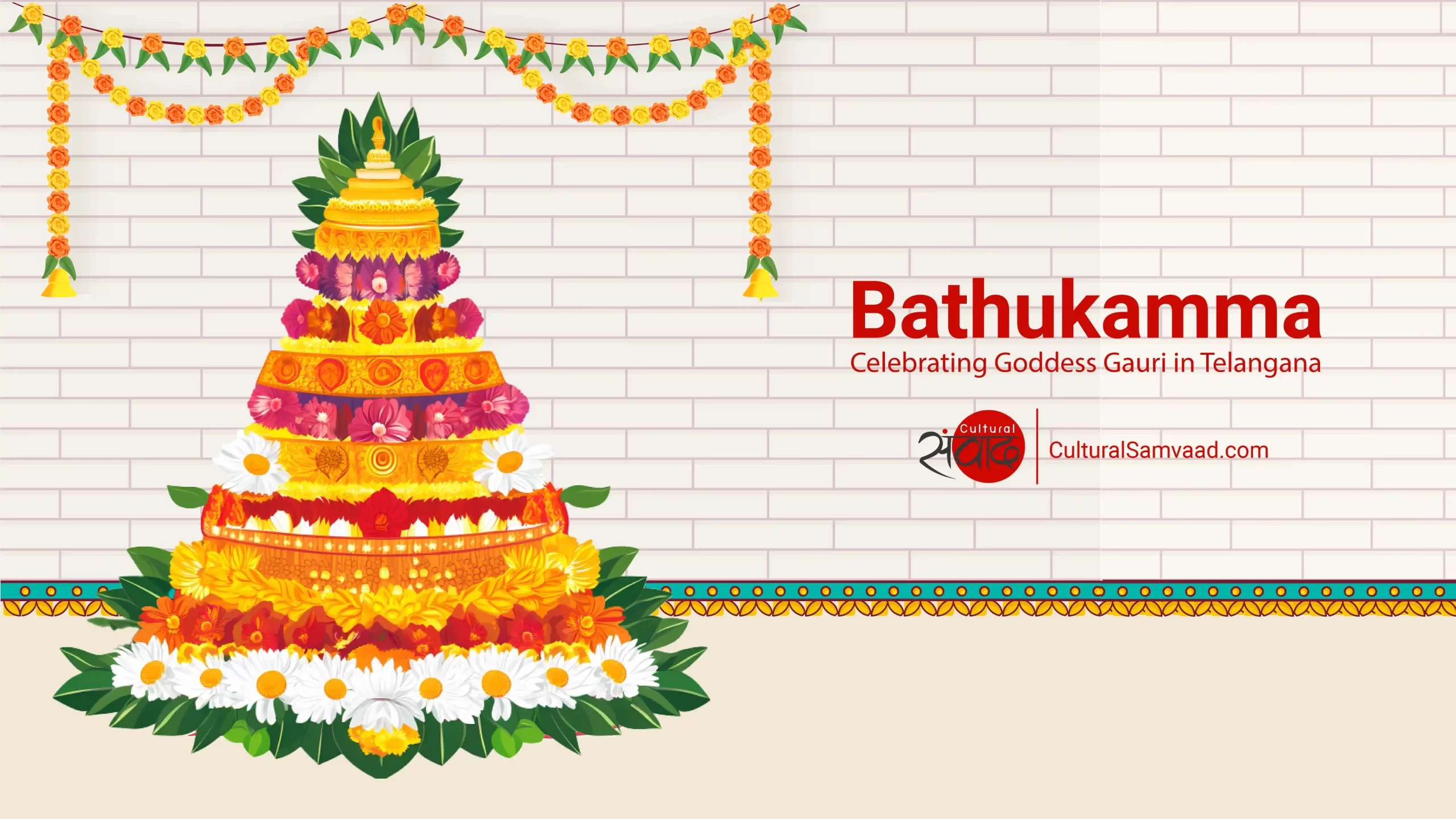Join Cultural Samvaad’s WhatsApp Channel
Diwali is one of the most awaited and celebrated festivals in the Indian calendar. Popularly known as the festival of lights, it deals with the general themes of the triumph of good over evil and light over darkness. It is celebrated by Hindus, Sikhs, Jains and to an extent even by the Aga Khanis and the Bohra Muslims. The festival has a significant cultural overtone and is looked upon favourably by all religions.
Do You Know: Why is Diwali celebrated?
In this note, we will explore the Jain perspective on Deepawali. As most Jains are engaged in business and trade, it is commonly believed that the celebrations are only to do with the expectation of wealth and prosperity for the coming new year.
However, the real significance of Diwali for the Jains does not lie in any material gains. The reason for Diwali being a special day is elaborated in the sacred text of the Jains called Kalpasutra. It was composed by a monk called Bhadrabahu Swami and is a text which gives biographies of all the twenty-four Tirthankaras. The religious dating of the text suggests that it is at least 2,300 years as Bhadrabahu is supposed to be sixth in the spiritual lineage after Lord Mahavir. A historical dating of the text puts it at around 513 CE, which is also almost 1,500 years old.
Wish your loved ones Happy Diwali in Sanskrit, Hindi and English
It is in the fourth month of the rainy season (the chaturamasya or the four months of monsoon) and the fifteenth day or the New Moon day in the dark half of the month of Kartika, that the last Tirthankara Bhagwan Mahavira, breathed his last and finally attained nirvana or liberation ending the misery of birth and rebirth. The place of his Nirvana is believed to be Pavapuri in modern day Bihar. This is the day which coincides with the day of Diwali. Since it is the Nirvana day of Lord Mahavira, it has feelings of both joy and sorrow attached to it.

The rite of lighting of lamps began on this day as the various Mallaki and Lichhavi Kings of the then Magadha region declared that, ‘As the light of intellect is gone out, so shall (we) lit the night with material objects’[1].
Devout Jains engage in spiritual pursuits during the three days of Diwali – the fourteenth day (Choti Diwali), the amavasya day (Diwali) and the following day. It is recommended that Jain followers should meditate, fast and recite special hymns. Fasting and meditation is recommended for all the three days, however on the second day which is the main Diwali day, devotees usually listen to the Uttaradhyana Sutra. It is the text containing the final message of Lord Mahavir. It is believed that the third day or the New Year’s day is when the chief disciple of Lord Mahavir called Indrabhuti Gautam attained Enlightenment.
The rosary recited on Diwali and New Years’ days have a mantra which is particular to those days. The mantras commemorate and pay obeisance to the liberation of Lord Mahavira and enlightenment of Indrabhuti Gautam.
Bhai Dooj or Bhai Beej which is celebrated after the New Year also has a Jain version. After Lord Mahavir’s nirvana, his brother, King Nandivardhan, was distressed and was comforted by his sister Sudarshana at her home. That is why on this day, brothers are invited to go to their sister’s homes.
The festival, in a practical sense also marks the end of the old and the beginning of the new as the Jains follow a different calendar year called the Vira Samvat. The New Year is the time to reaffirm one’s faith and is an attempt to follow the path shown by the great teacher Lord Mahavira.
It is not only the time to celebrate Lord Mahavira’s Nirvana, but also to work towards our own.
[1] K. C. Lalwani, Kalpa Sutra by Bhadrabahu Swami, Delhi, Motilal Banarsidass, 1999 (first edition 1979), p. 72






Very informative.